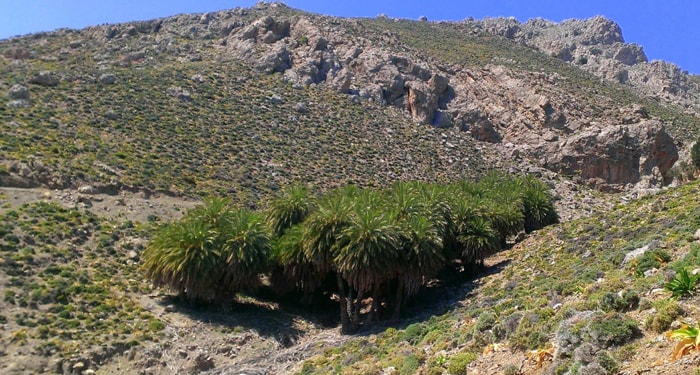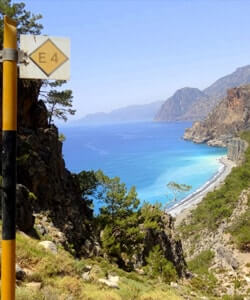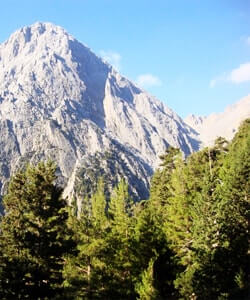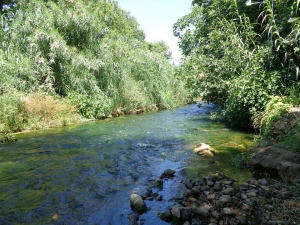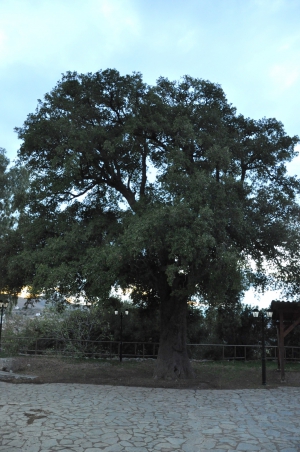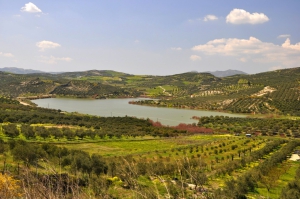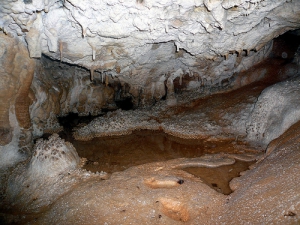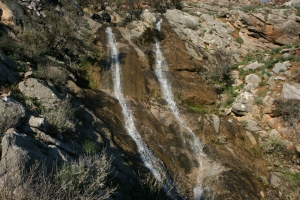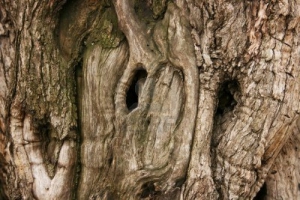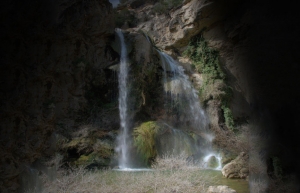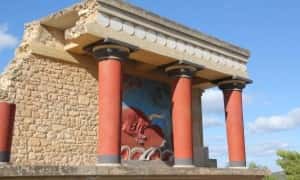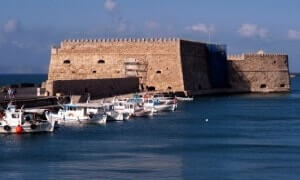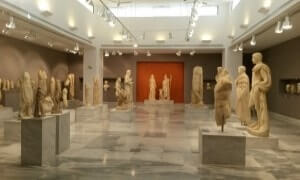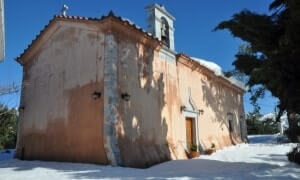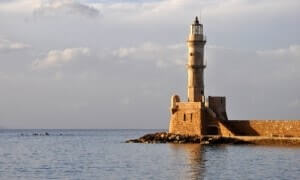The river Keritis is located near Chania and belongs to the rivers with the largest water supply in Crete. It gathers the waters of the massif Lefka Ori from the area of Zourva and Meskla. After a course of more than 25 km it ends at the beach of Platanias. During its flow it merges with many streams and tributaries.
The olive tree is located on the right side of the road heading from Sitia to Piskokefalo and locals call it fourkolia, i.e. the olive tree where the Christians were drowned by hanging by the Turks. Unfortunately, the tree has been damaged severely due a car crash.
The oak tree of Ishmael or Smailis is located near the village Mathia. Under the tree, camped the men of Ismail Selim Pasha on May 19, 1867, before taking part in the great battle of Lassithi Plateau (21-29 May).
Amourgelles dam is situated at an altitude of 300m, 30km south of Heraklion and 1km south of the village Amourgelles. It spans an area of 150 acres and is one of the major dams in the region of Arkalochori.
The cave is inaccessible. In order someone to get inside needs a rope because in the mouth there is an abrupt downshift of 2 metres. It is a gradual chasm with a total tunnel length of 430 metres. There is a lake inside, from what French speleologists say who have explored Spiliara, and it takes special equipment for its exploration.
Just a few meters before reaching the small village of Orne (province of AgiosVasilios, Rethymno) we meet the imposing waterfalls of Selinara. It is actually a river of alternating waterfalls, not just one, on the south slopes of Kentros Mount.
This olive tree has been declared by the Association of Cretan Olive Municipalities as a natural monument because of shape, relief trunk and its connection with historical events. It is located at position Anisaraki, by Kantanos, where there are dozens of other ancient olive trees. Its variety is called mastoid and is grafted on a rootstock of a wild olive tree.





